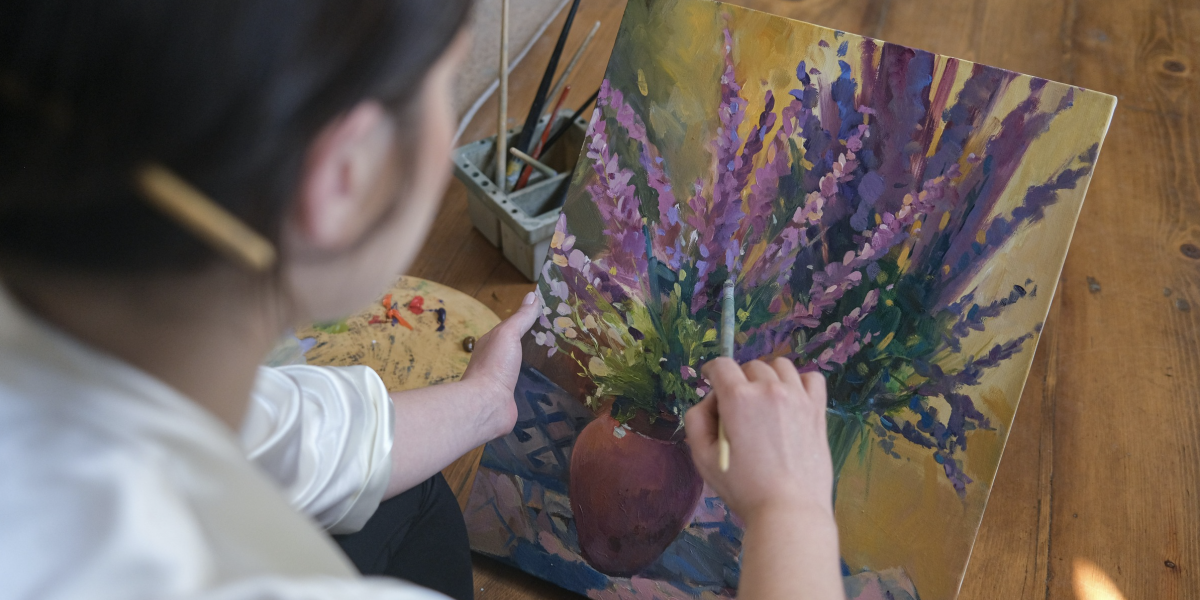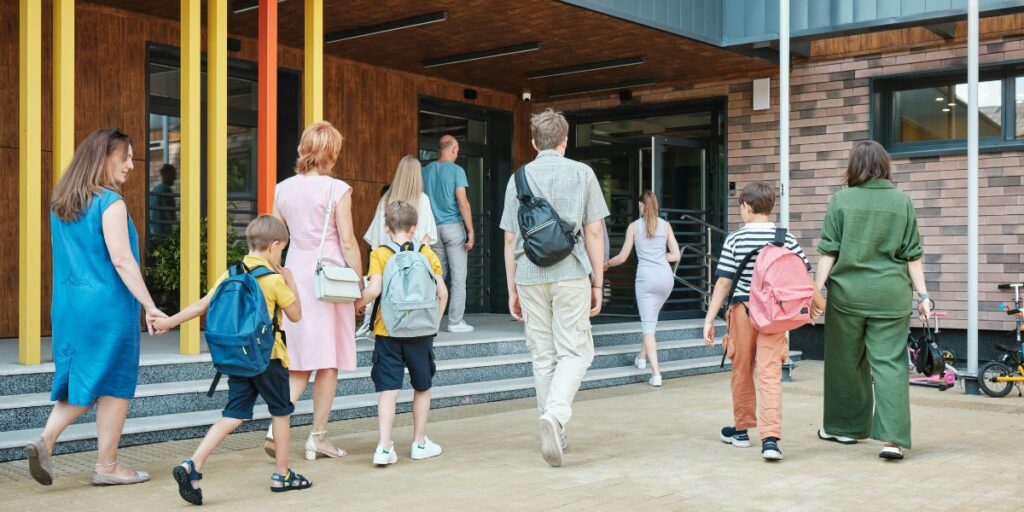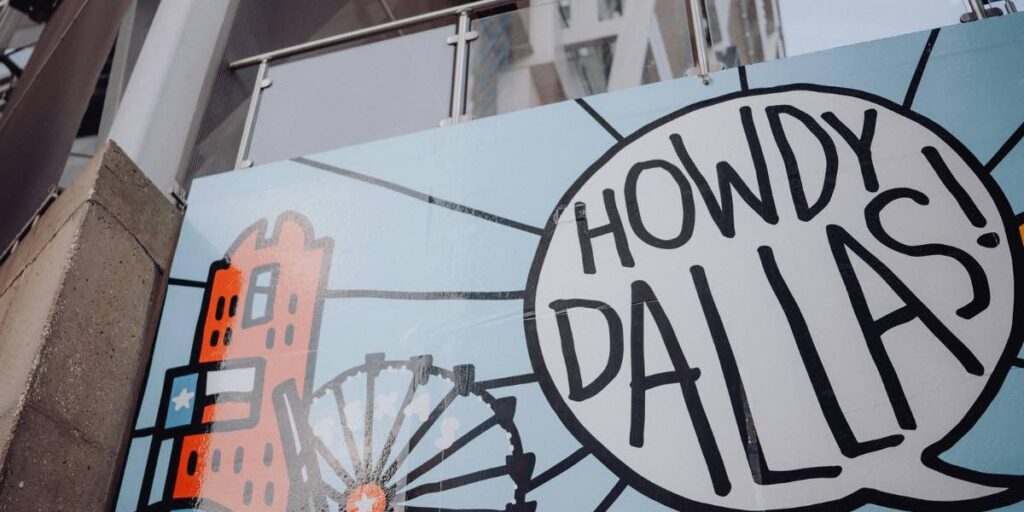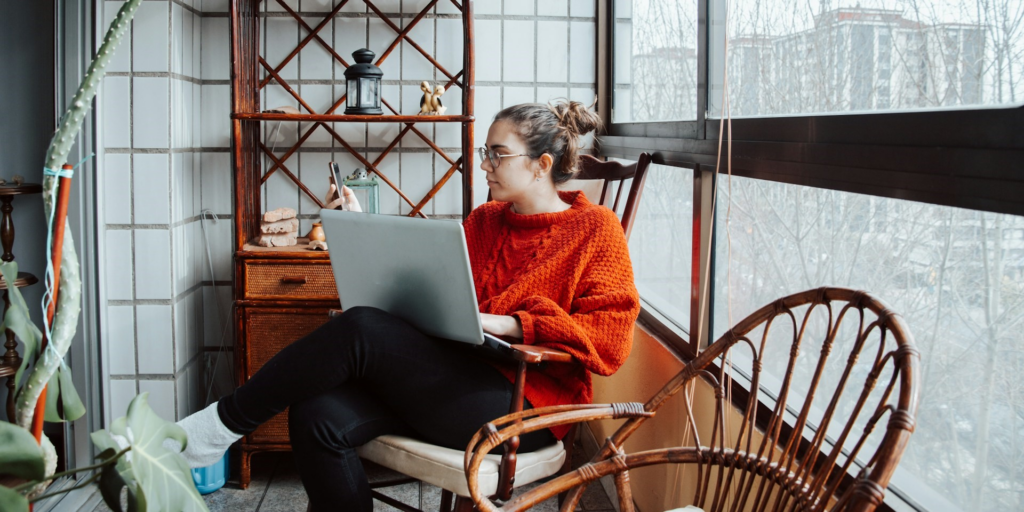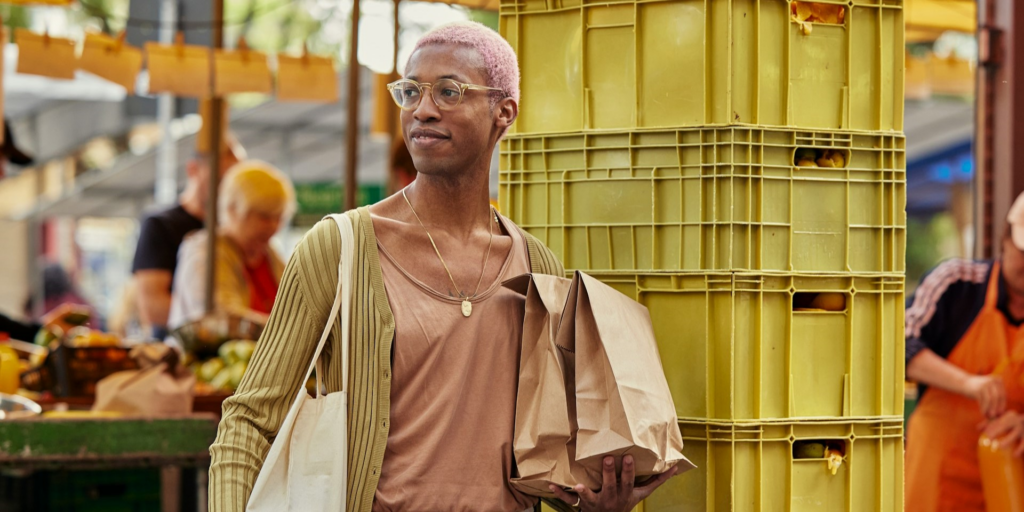In recent years, accessible art has become a powerful tool for empowering youth in cities like Dallas. Art programs, galleries, and community initiatives that prioritize accessibility offer young people the chance to express themselves through creative outlets, providing a voice for those who may otherwise feel unheard. These opportunities help youth explore their identities and emotions, offering a platform for personal growth, self-discovery, and empowerment.
How Does Accessible Art Encourage Self-Expression?
Accessible art enables young individuals to discover their creative potential without facing financial or physical barriers. In Dallas, various community programs offer free or low-cost opportunities for youth to engage in art, be it through painting, sculpture, music, or digital media. This inclusivity allows all young people, regardless of background or ability, to explore their emotions and express their ideas.
For many youth, art becomes a means of processing feelings and experiences that are difficult to articulate with words. It provides an opportunity to express complex emotions and issues, helping them understand themselves and their surroundings better. This process of self-expression builds confidence, offering a sense of ownership over their personal stories. As young people create and share their artwork, they also cultivate a deeper sense of identity.
Why Are Community-Based Art Programs Vital for Youth?
Community-based art programs offer a significant source of support and guidance for young people looking to express themselves. In Dallas, many organizations have been established to give youth the resources, mentorship, and space they need to create and learn. These initiatives provide a platform where youth from various backgrounds can come together to share their experiences through art. The sense of community these programs create fosters connection, understanding, and mutual respect, making art an essential tool for building social bonds.
In addition to offering a creative outlet, these programs encourage youth to develop skills that extend beyond the canvas. Many art initiatives connect young participants with professional artists and mentors who provide guidance on both technical and personal growth. This exposure to experienced creators not only helps youth hone their artistic abilities but also teaches them valuable life skills such as discipline, collaboration, and resilience. These experiences foster a sense of accomplishment, helping young people take pride in their work.
Can Art Be a Tool for Advocacy and Change?
Art has long been a vehicle for social change, and for youth in Dallas, it provides a means to raise awareness on important social issues. Whether through addressing racial inequality, environmental challenges, or mental health concerns, young people are increasingly using art as a way to communicate their concerns and advocate for change. These art-based movements allow youth to explore activism in a creative and impactful way, influencing both their immediate community and the broader public.
The act of creating art as a form of advocacy gives young people a platform to address issues they feel passionately about. For youth in Dallas, this offers a constructive way to channel their emotions and concerns, turning them into a visual or tangible statement. As these messages resonate with others, they have the potential to inspire wider conversations, influence public opinion, and even spark movements. In this sense, accessible art is not just an expression of individual thoughts but a catalyst for social change.
What Impact Does Accessible Art Have on Mental Health and Well-Being?
The benefits of accessible art go beyond self-expression and creativity. Many young people in Dallas face challenges related to mental health, including stress, anxiety, and emotional struggles. For these youth, engaging in art can provide therapeutic benefits, offering a healthy and constructive outlet for managing their emotions. Studies have shown that creative activities, such as painting or writing, can reduce stress, boost self-esteem, and foster emotional healing.
Accessible art programs provide a non-judgmental environment for youth to express their emotions, promoting better mental health and overall well-being. For some, it serves as an essential tool for coping with difficult situations, such as family issues or school-related stress. Art programs give youth a safe space to explore their feelings, develop coping skills, and build emotional resilience.
By participating in art activities, youth learn how to process their emotions, develop positive thinking, and improve their overall sense of well-being. The creative process offers a sense of accomplishment and can help individuals feel empowered in the face of challenges.
What Does the Future Hold for Accessible Art in Dallas?
Looking ahead, the future of accessible art programs for youth in Dallas is promising. As the city continues to grow and diversify, the demand for inclusive and supportive art programs is expected to increase. New technologies, such as digital media and virtual reality, are also opening new avenues for creative expression, allowing young people to engage with art in innovative ways. These technological advancements will only expand the possibilities for artistic creation and help youth connect with the broader world.
However, ensuring that art opportunities remain accessible to all youth, especially those from underserved communities, will remain a key challenge. It is crucial that local governments, organizations, and individuals continue to invest in art programs that are affordable, inclusive, and available to a wide range of young people. This includes efforts to ensure that youth with disabilities or those facing financial barriers can access the creative resources they need.
As Dallas continues to invest in its youth and the arts, accessible programs will play an increasingly important role in shaping the next generation of creative thinkers, problem-solvers, and leaders. The arts offer a safe and supportive environment for youth to grow and develop, both personally and artistically.
How Can Art Foster Long-Term Growth and Success for Youth?
In the long term, accessible art programs have the potential to shape not only the artistic future of Dallas but also the personal and professional success of its youth. Through their engagement with the arts, young people develop a wide range of skills that can benefit them in many areas of life. The confidence gained through creative expression can help youth succeed academically and professionally, as well as improve their interpersonal relationships.
By providing youth with the tools to express themselves and explore their potential, art programs equip them with the confidence, resilience, and creativity needed to navigate challenges and seize opportunities in the future. These qualities help build strong, well-rounded individuals who are prepared for success, both in the arts and beyond.
Accessible art is much more than a hobby or extracurricular activity. It is a powerful tool for personal empowerment, mental well-being, and social change. For the youth of Dallas, art serves as a means of navigating the complexities of growing up, discovering their identities, and sharing their stories. As these programs continue to grow and evolve, they will continue to empower the next generation of young leaders, fostering a more creative, inclusive, and compassionate future for the city.


